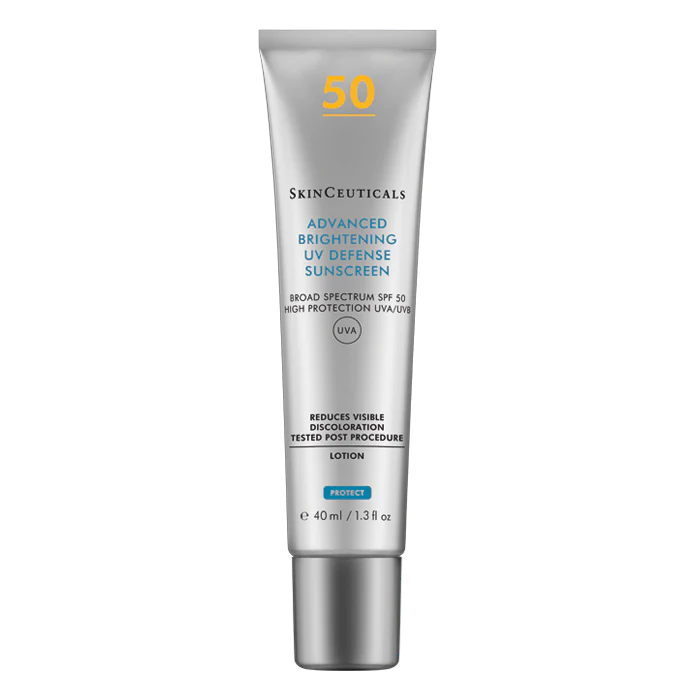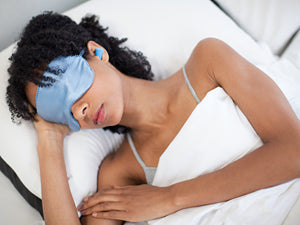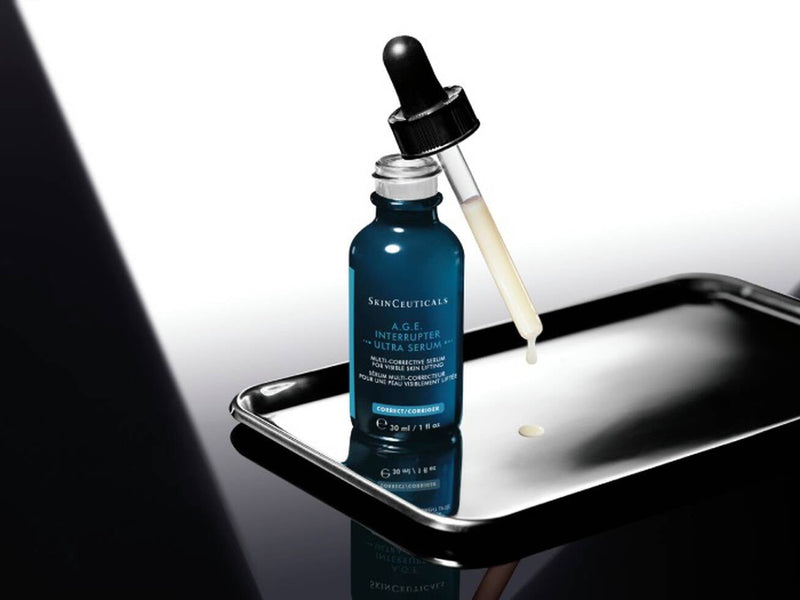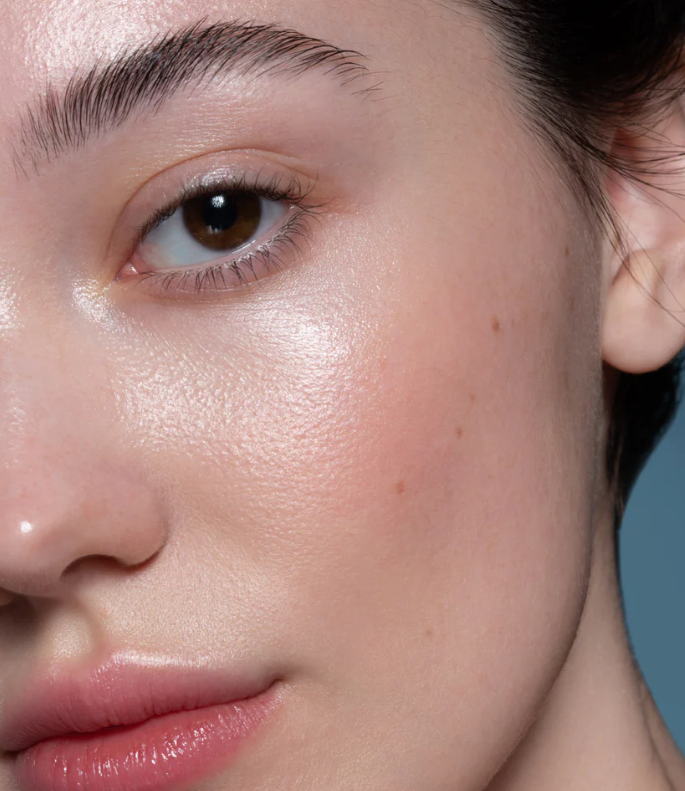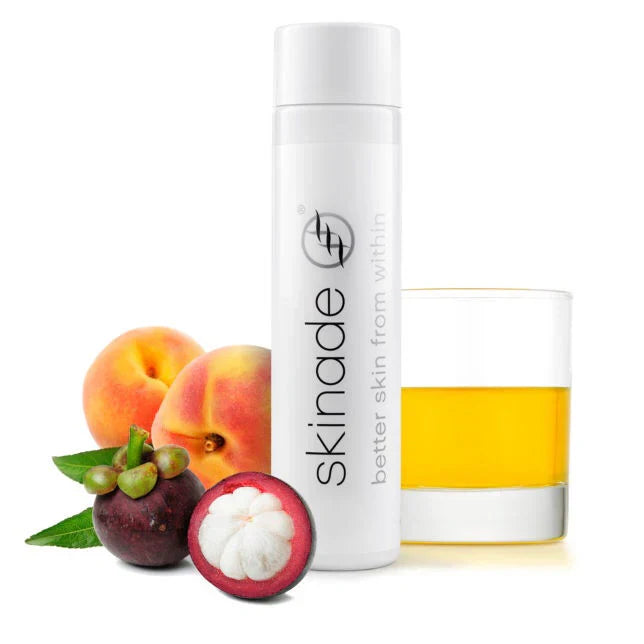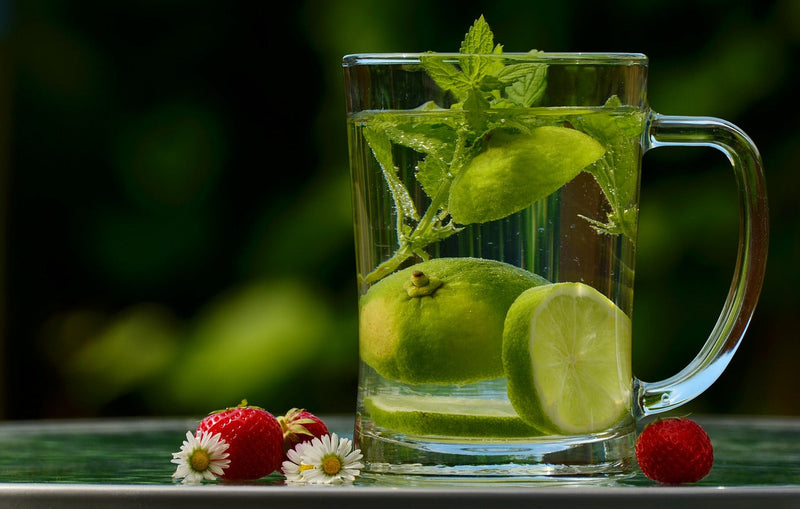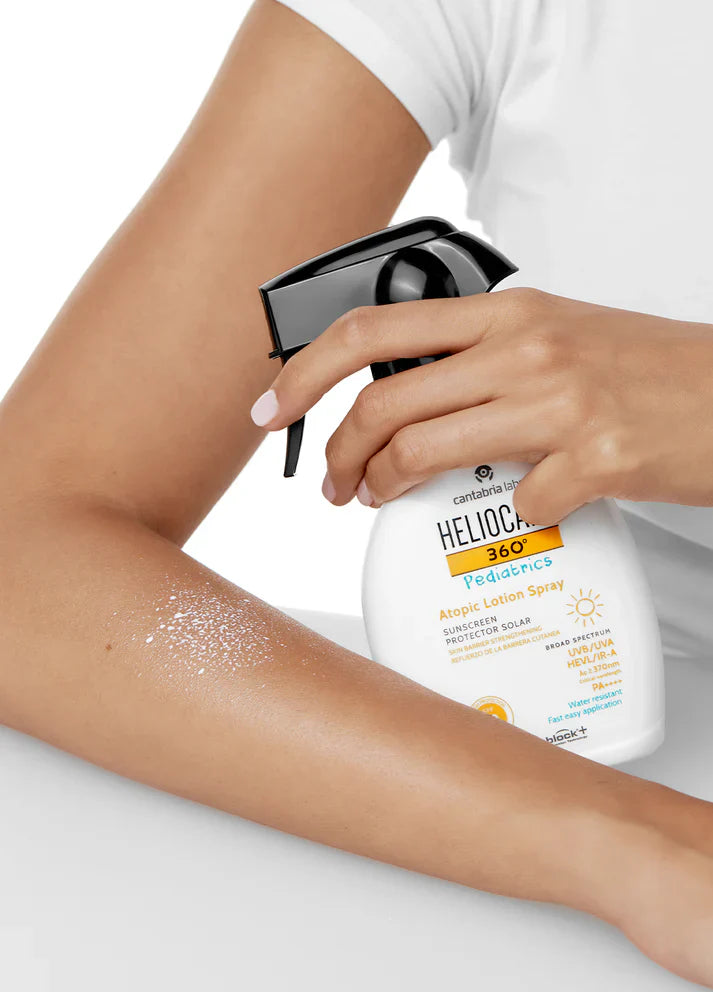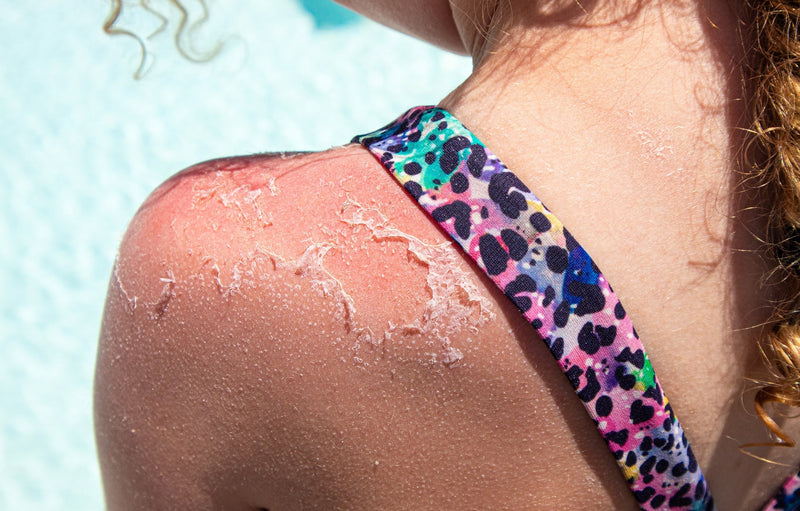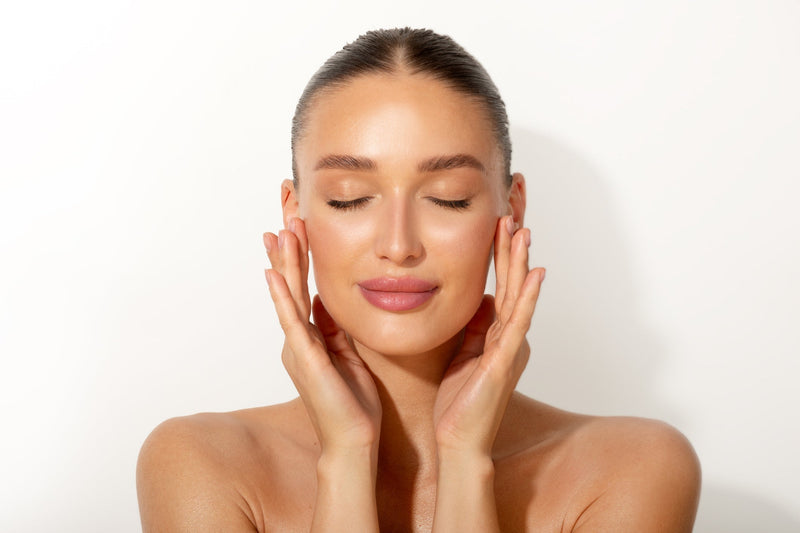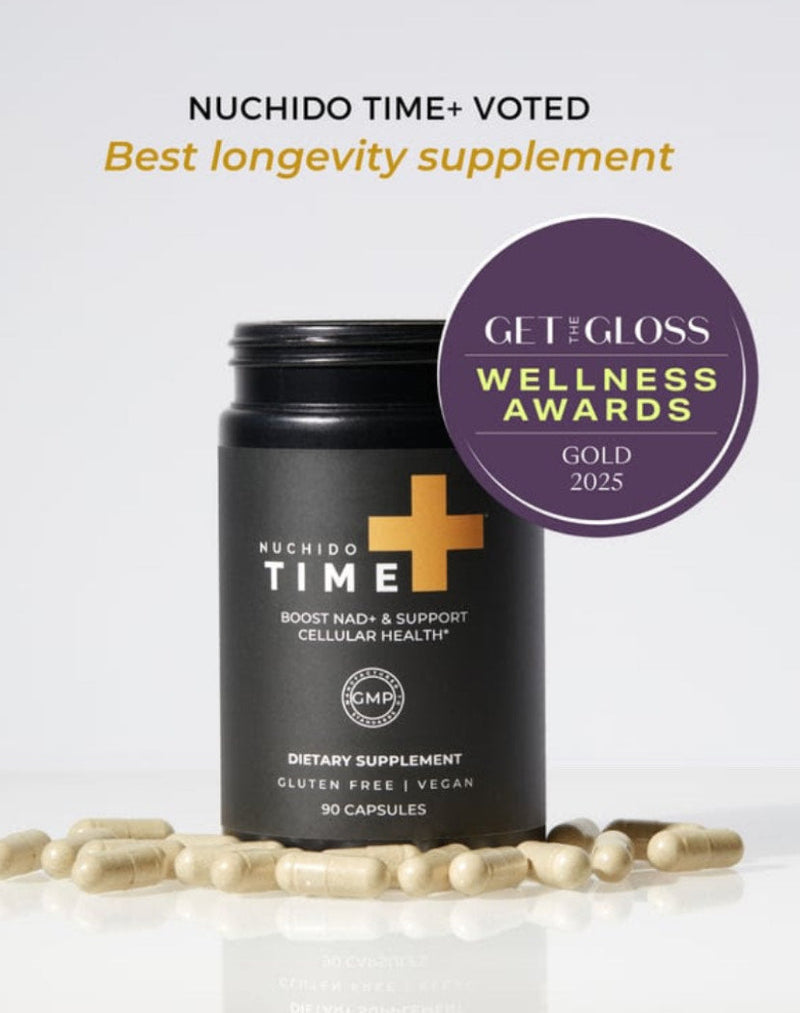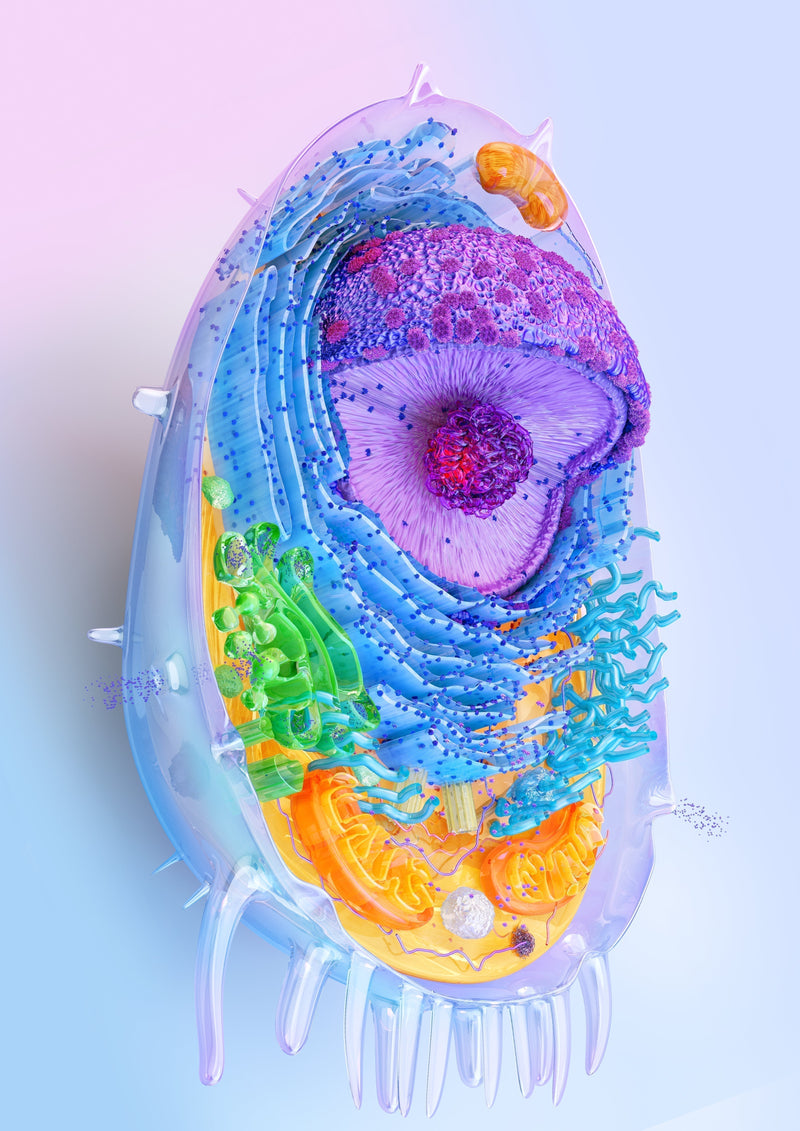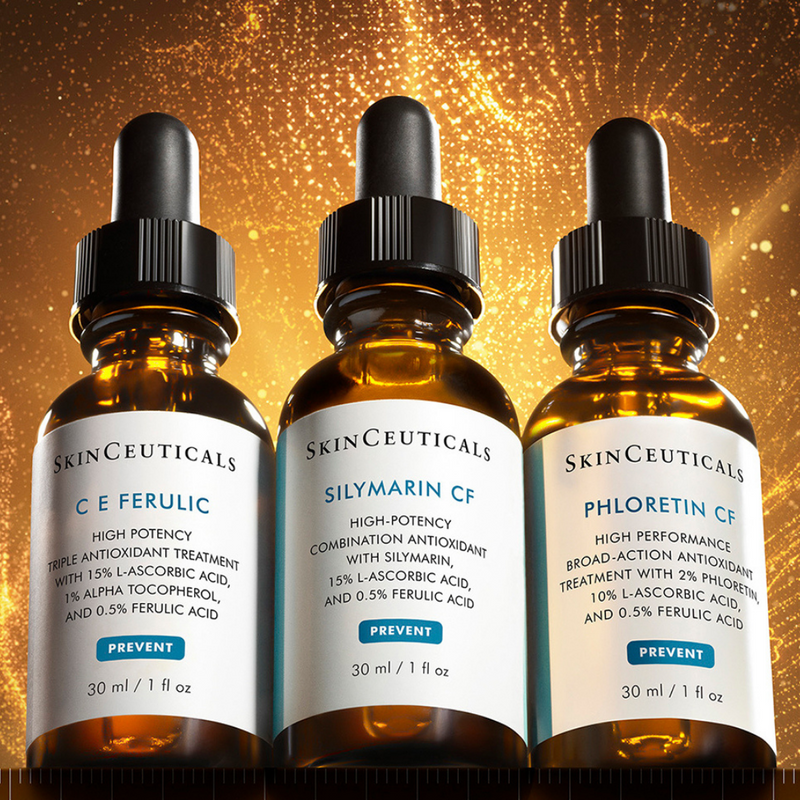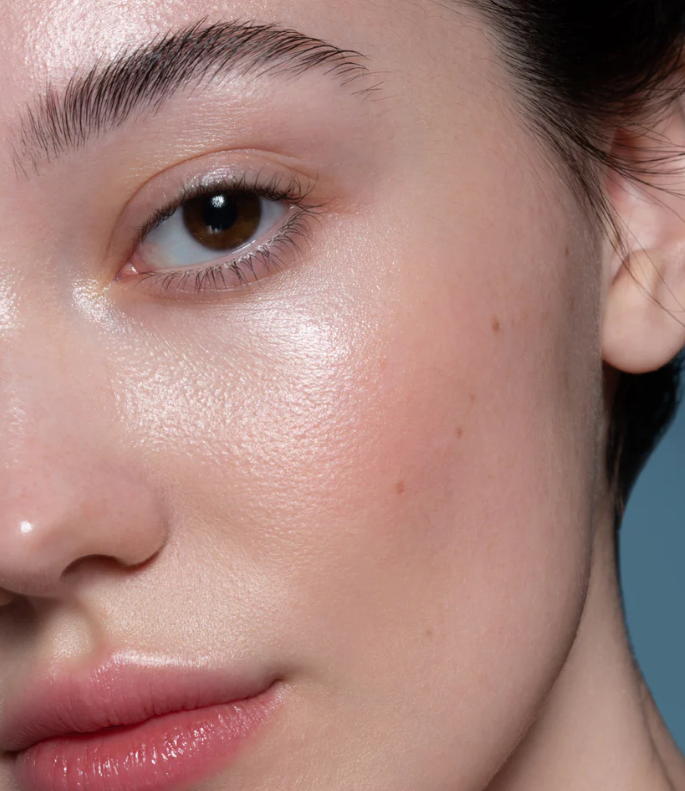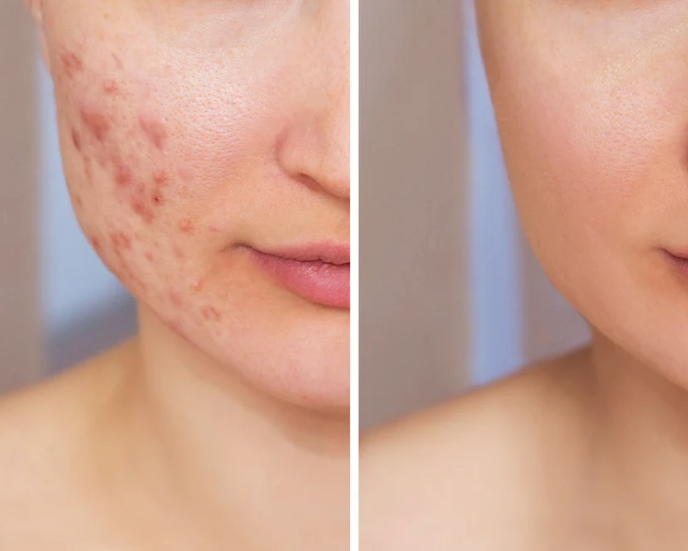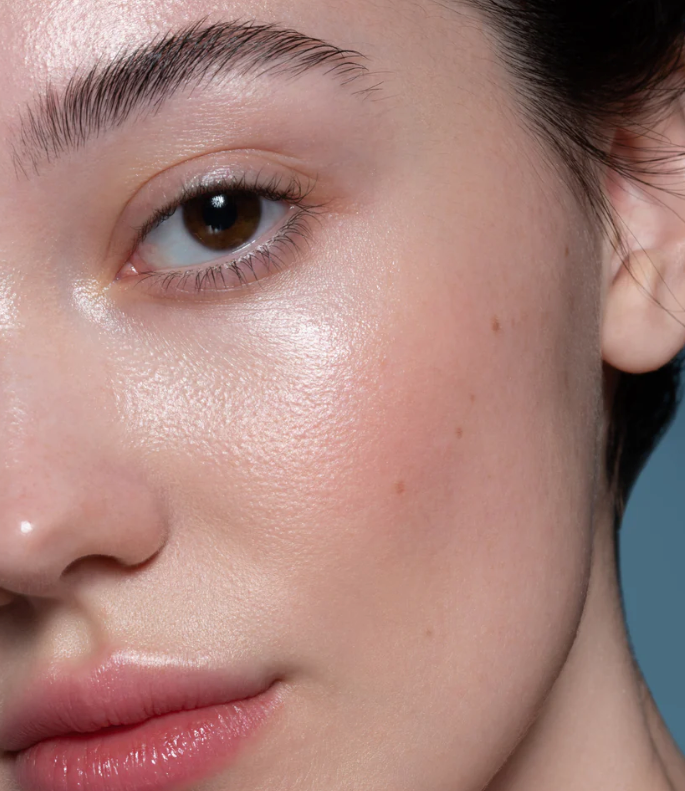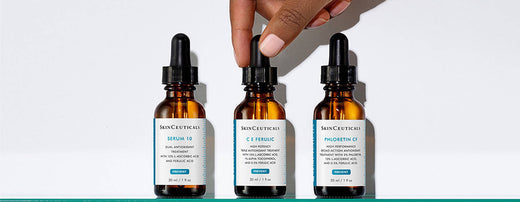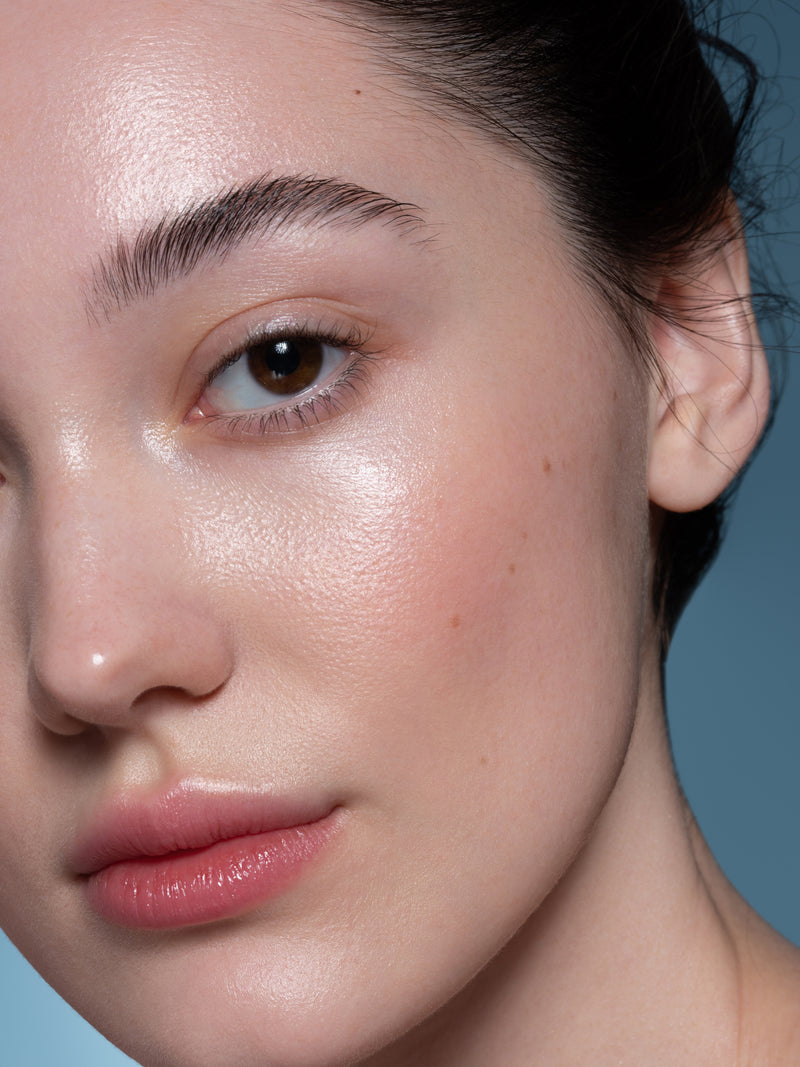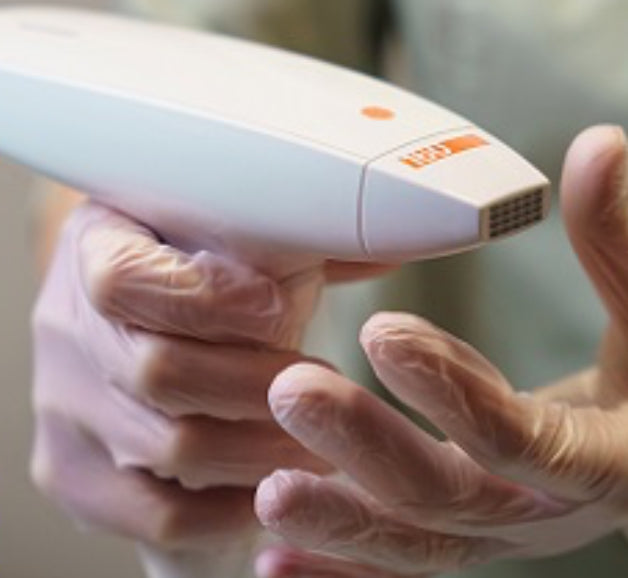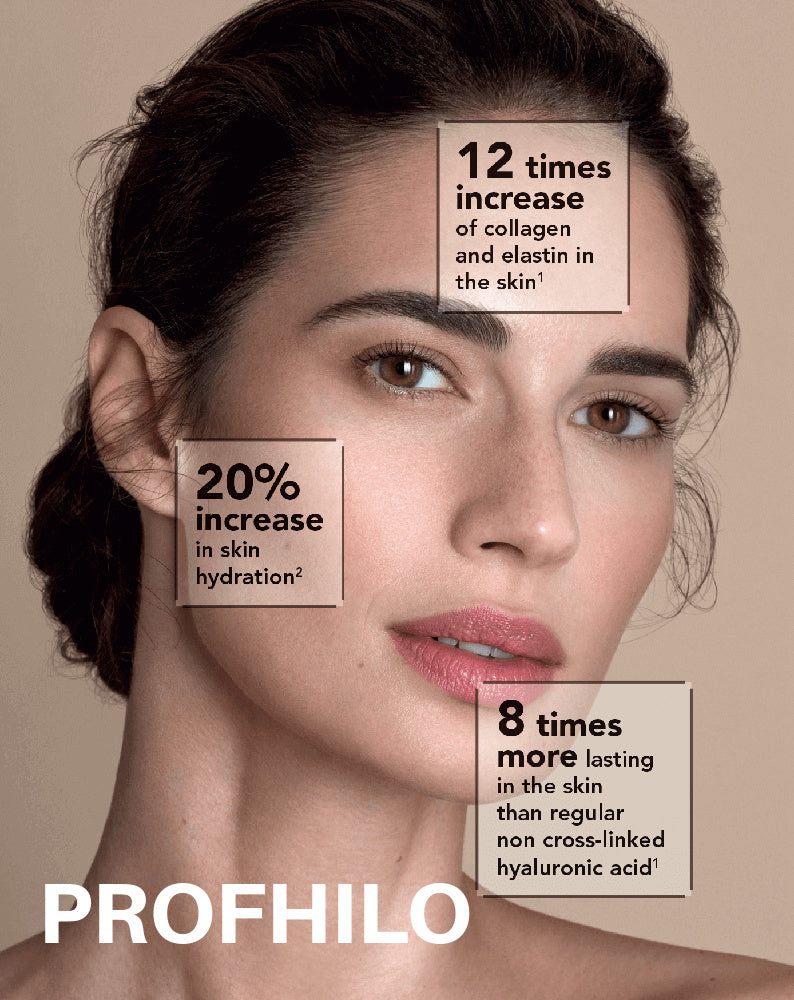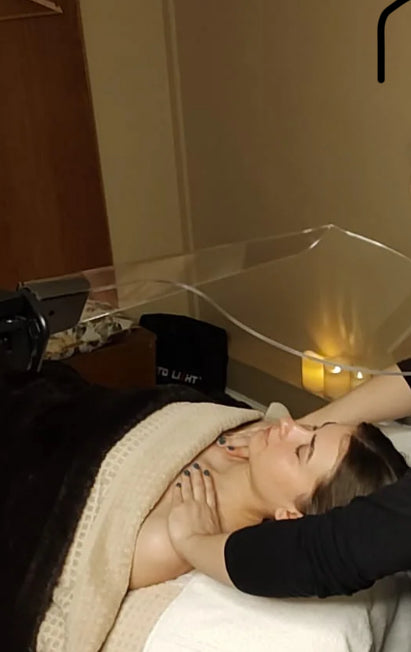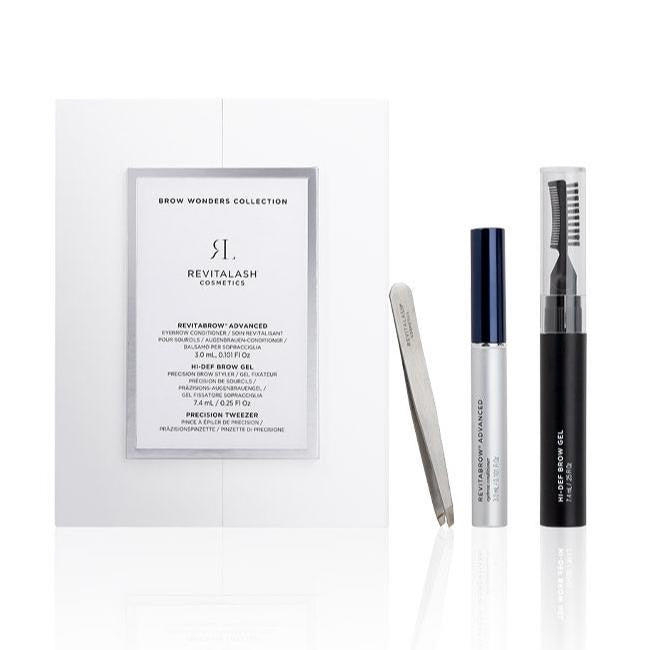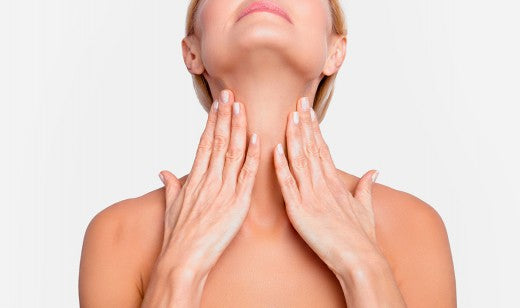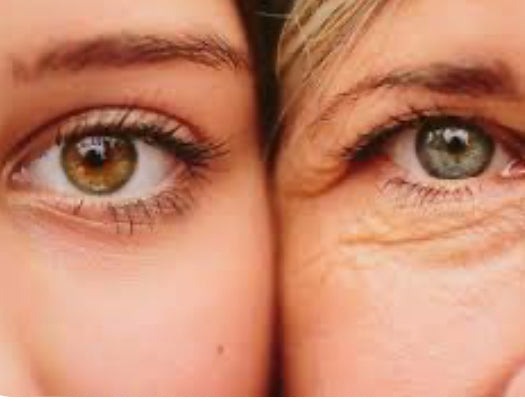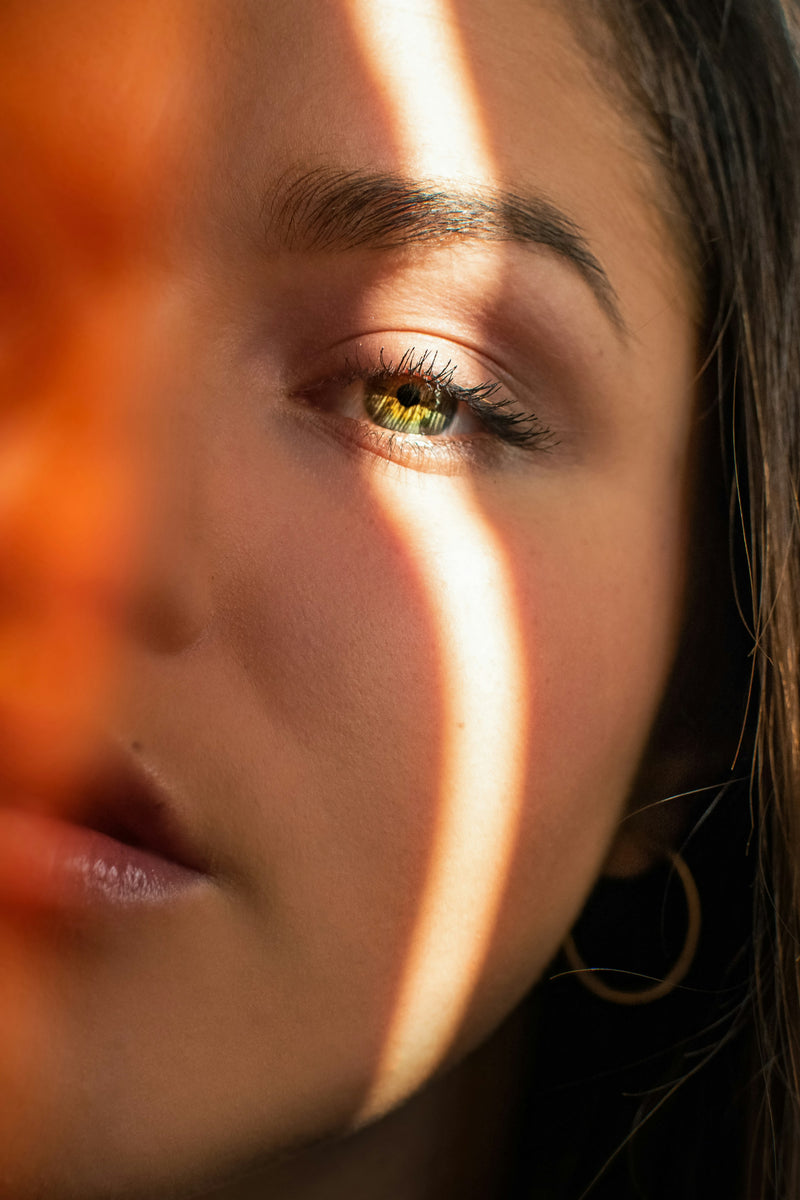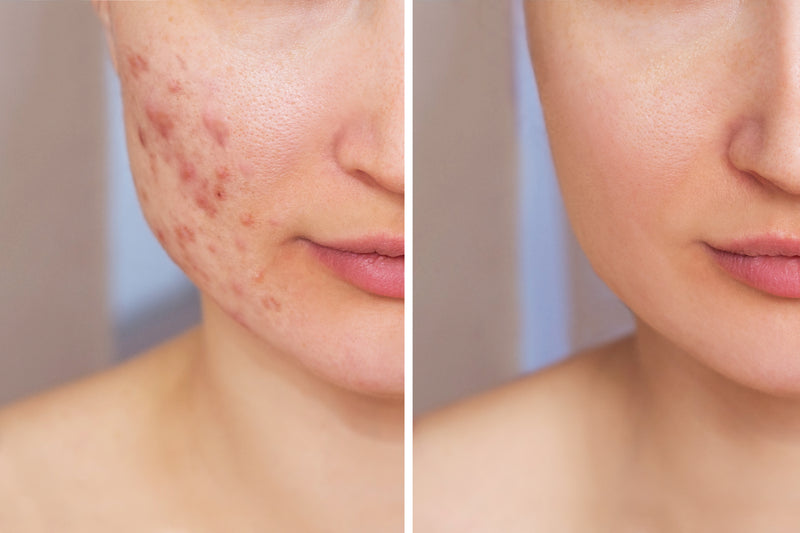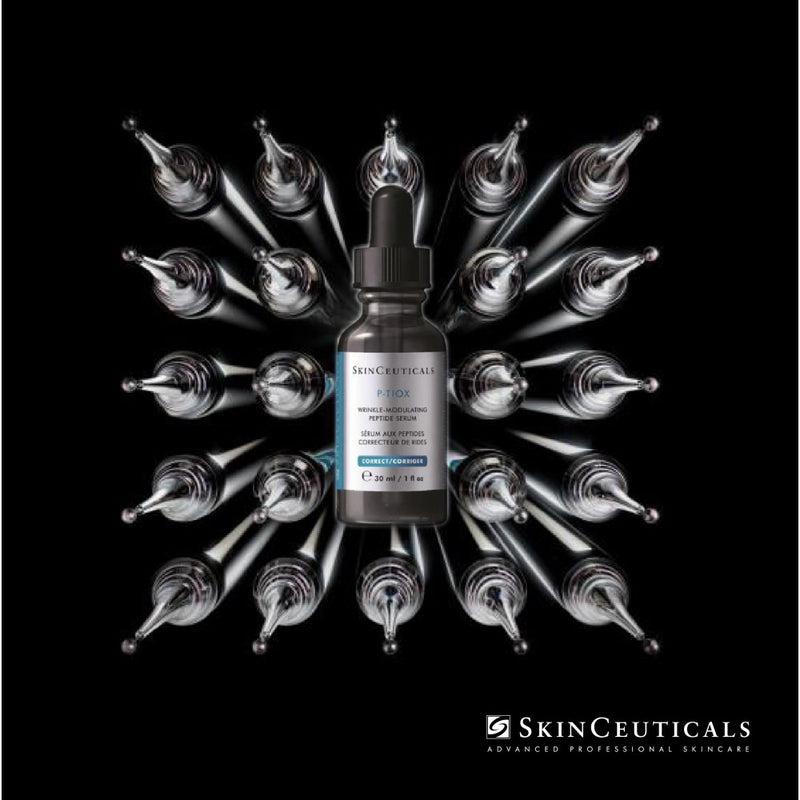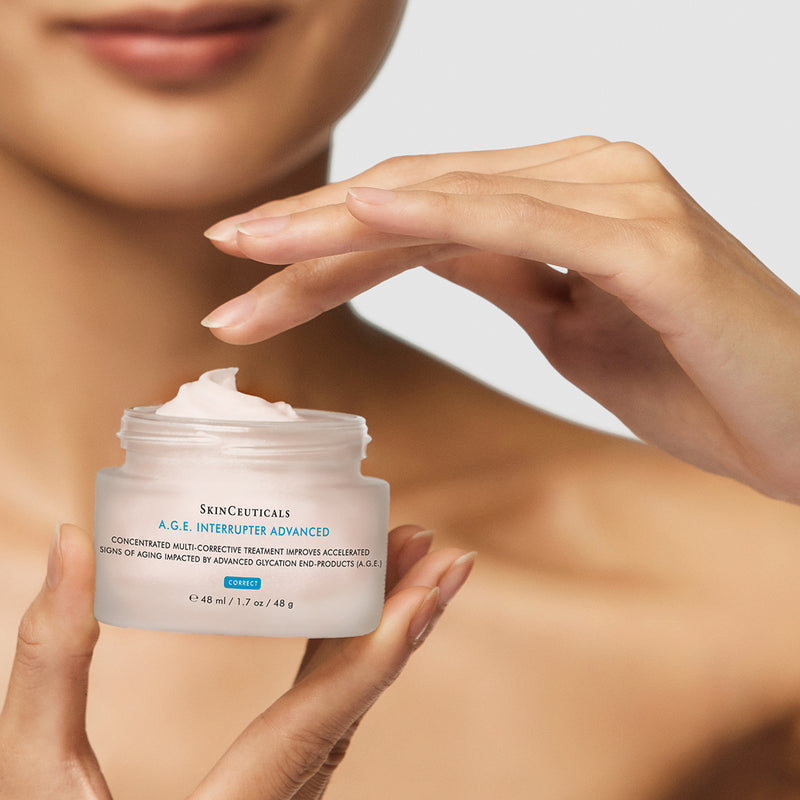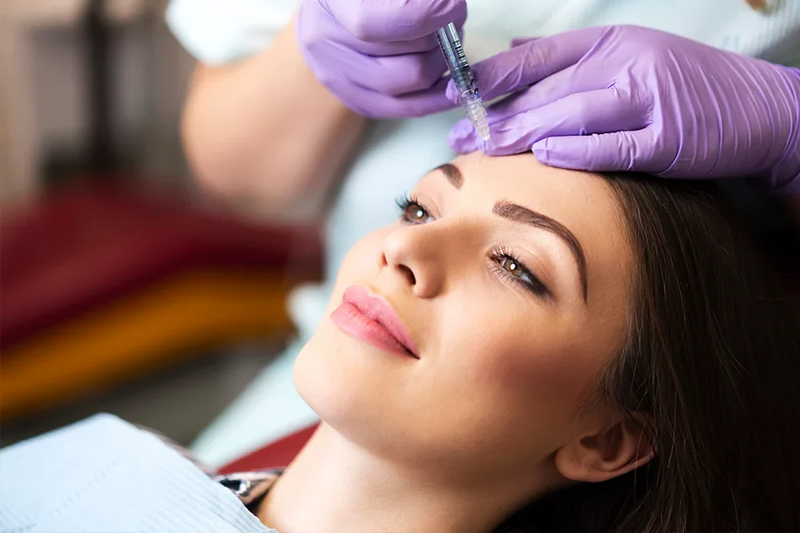Uneven pigmentation is one of the most common complaints skin care professionals hear in the treatment room, right up there with ageing and acne concerns. Not surprisingly, these are typically interrelated — the client with concerns over her fine lines and wrinkles will likely complain about the spot or dark patches on his or her face. And the acne client may complain that the acne lesion leaves behind a dark mark that takes “forever” to fade.
Changes in skin pigmentation can surface due to many different factors and can be the most difficult issue to tackle in the treatment room. Perhaps one of the most challenging pigmentary conditions to treat is melasma, a common disorder of hyperpigmentation
Once referred to as ‘the mask of pregnancy” due to its frequent appearance during pregnancy, melasma predominantly affects women with Fitzpatrick phototypes III through VI, or those with ancestry stemming from equatorial regions where ultraviolet radiation (UVR) is highest. https://www.health.harvard.edu/womens-
health/unmasking-the-causes-and-treatments-of-melasma
What is hyperpigmentation?
Hyperpigmentation (dark spots) is a common skin problem where patches of skin become darker than the surrounding skin, due to an excess deposit of melanin. Melanin is the substance that gives our skin its colour. Hyperpigmentation affects people of all skin colours.
Dark spots include brown spots, birthmarks, age spots, liver spots, freckles, sunspots, and melasma. Melasma is hyperpigmentation due to hormonal changes. Post-inflammatory hyperpigmentation
results from an inflammatory skin condition.
Hyperpigmentation can affect any area, but is commonly found on the face, ears, back of the hands, arms, neck, chest, shoulders and back. Hyperpigmentation is not dangerous but is does make skin look older.
What causes hyperpigmentation?
Hyperpigmentation can result from sun damage, acne scarring, heredity, some prescription medications, and hormonal imbalances.
Melasma
Melasma is a common problem that affects women, caused by hormone changes. Intense UV radiation exposure and a genetic predisposition play a role in the development of melasma. In pregnancy it is called the “mask of pregnancy.” Melasma can also be caused by birth control pills and hormone replacement therapy. About 10% of melasma cases are in men. Read more about melasma in men.
Melasma appears as brownish-grey patches on the face, bridge of the nose, forehead, chin, and upper lip. Sun exposure can trigger the return of melasma after it has faded. Melasma is difficult to treat and may require maintenance therapy after it clears. Common treatments include Hydroquinone, Retin A, and Azelaic acid.
Sun spots (Solar Lentigines)
Sun spots, also called age spots, are flat pigmented spots on sun exposed skin. Sun spots are caused by sun damage that occurred in the past. 90% of light-skinned people over the age of 60 have age spots. Age spots typically appear on the face, hands, forearms, chest, back and shins. https://www.webmd.com/skin-problems-and-treatments/elderly-skin-conditions
Common treatments include:
- Chemical peels
- IPL Photo facial
- Laser skin resurfacing
- Topical creams
- Combination treatment has been found to be the best approach, in addition to the daily use of a sunscreen.
Post-inflammatory hyperpigmentaiton (PIH)
PIH is hyperpigmentation caused by an inflammatory skin condition like acne; skin infections from bacteria, viruses, and fungus; skin eruptions due to certain medications; eczema and psoriasis or another skin inflammation.
Acne breakouts often result in PIH. PIH is the discoloration left after acne or other inflammation heals. PIH can be pink, red, purple, brown discoloured areas. Acne scars may also be discoloured. Overexposure to the sun, and drugs that cause hypersensitivity to the sun, such as some antibiotics, can cause PIH.
PIH discolorations may fade with time but take a long time to fade. It can take several months or longer for superficial spots to fade, and longer to treat deeper discolorations that may not fade on their own. People with medium to dark complexions are more prone to PIH especially in areas with intense sun exposure such as Arizona.
To control your risk for PIH from acne, the first step is to get your acne under control. If you already have PIH there are effective treatments.
Common treatments may include:
Alpha hydroxy acids like glycolic acid and speed exfoliation and can improve PIH as can the following:
- Hydroquinone
- Retin A
- Azelaic acid
- Chemical peels
- Microdermabrasion
- Laser skin resurfacing
- Chemical Peels
Our focus is on the health and beauty of your skin. We offer professional chemical peels applied by our skilled skincare professionals. They are knowledgeable about the safe and effective application of our chemical peels. To increase the effectiveness of a chemical peel, our aestheticians will recommend pre and post peel care to balance the skin before the peel and nurture it after the peel to minimise the risk of side effects.
The Best Ingredients for Dark Spots on the Face:
Trying to treat dark spots and hyperpigmentation on the face can be overwhelming. With all the products on the market claiming to be your holy grail magic hyperpigmentation solution, it's hard to know where to start. Thankfully, there are ingredients that have been proven to be effective for helping to reduce uneven skin tone.
What Causes Dark Spots?
Dark spots are a common skin condition, but many people don’t know what actually causes them. Commonly referred to as age spots, dark spots can form on the face and body due to various factors.
Sun Damage: The most common cause of dark spots, too much sun causes the skin to produce too much melanin (the pigment responsible for skin colour). Excess melanin can form into dark patches and is commonly referred to as hyper pigmentation.
Genetics: Some people are genetically predisposed to hyper pigmentation since genetic variations can affect the production and distribution of melanin
Hormones: Your skin contains both oestrogen and progesterone receptors in the dermis and epidermis layers. During your menstrual cycle or menopause when those hormones in your body are fluctuating, you may experience changes in skin pigmentation
Inflammation: Similarly, to the other causes of hyperpigmentation, inflammation can be a culprit because of the production of excess melanin as your skin’s response to injuries (aka acne).
Poor diet: Deficiencies in certain vitamins and minerals like vitamin C, E, and zinc can weaken the skin's natural defences.
What are the Best Ingredients to Treat Dark Spots?
1) Vitamin C
We are sure you’ve heard of this holy grail ingredient used for several skin concerns and its ability to fade fine lines and wrinkles, but vitamin C has also been shown to be one of the best ingredients to fade dark spots and post inflammatory hyperpigmentation. Skinceuticals Phloretin CF is a vitamin C based formulation to receive these benefits.
2) Retinol
Several studies have been conducted to show the benefits of using a topical vitamin c as dark spot corrector, showing that topical vitamin c aids in skin cell turnover and improves the appearance of hyperpigmentation dark spots.
Retinol is a very powerful ingredient, it has the ability to unclog pores, promotes skin renewal and aids cell turnover. All of these will benefit a blemish prone skin by allowing it to be at a healthy state and easier to maintain whilst battling any breakouts. If you follow the steps previously mentioned you will find any spots or blemish concerns will be significantly reduced.A gel based retinol with a low PH can help.
Retinol will also help of you have any remaining hyperpigmentation left from acne scarring and after 3 months of use you will find the pigment appearing less visible.
SkinCeuticals offers a powerful retinol product to get these benefits.
3) Glycolic Acid
Glycolic acid, an alpha hydroxy acid (AHA), helps to exfoliate and penetrate deep into your pores to dissolve the top layers of dead skin cells, which over time, can help fade dark spots and reduce the appearance of blemishes.
This powerhouse ingredient also stimulates cell turnover and helps improve discolouration and skin texture. By regularly applying products that contain glycolic acid, dark spots can fade away leaving behind smooth, clear skin.
Adding glycolic acid into your skin care routine can significantly help reduce the appearance of dark spots. Our Glycolic 10% Renew Overnight and Glycolic Renewal Cleanser help fight against dark spots to nourish skin.
If you have a sensitive skin type and need a product that will not irritate your skin, opt for the Retexturing Activator Exfoliating and hydrating serum based on Hyaluronic Acid and Hydroxyethyl urea, gives the skin a smooth and luminous appearance.
4) Niacinamide
There are several benefits of niacinamide in skincare products, with its ability to tone and fade dark spots being one of the common benefits. The reason why it is so effective in skin lightening is that it blocks melanin production in the skin, which therefore prevents the formation of further dark spots and evening out any existing ones.
It can also help increase ceramides, an essential part of our skin's barrier, making it an ideal ingredient for mature or sensitive skin. Niacinamide helps reduce inflammation and sebum production, which can prevent future discoloration from occurring. If you are looking for a natural way to reduce dark spots, Niacinamide is one of the best dark spot ingredients to try and present in Skinceuticals Metacell B3.
Other ways to reduce dark spots:
In addition to the best ingredients to fade dark spots, there are some other natural and effective ways to reduce their appearance:
Exfoliate regularly: use a gentle scrub to help naturally remove the dead skin cells.
Use sunscreen daily: Prolonged sun exposure is one of the main culprits of hyperpigmentation, so be sure to protect your skin from UV rays everyday (yes- even when its cloudy)
The road to treating hyperpigmentation can be long and complicated, but incorporating some of these key ingredients and tips into your skincare routine can lead you on the right track. Protecting your skin with SPF is essential.
Skinceuticals Advanced Brightening SPF 50 has added antioxidants to enhance the protective properties - containing Niacinamide in addition to Tranexamic Acid is great for helping to brighten the complexion and correct discolouration.
Additionally, having an SPF50 rating rather than SPF30 provides higher protection.
Further information on Free Radicals
Heliocare also offers a SPF 50+ option that offers higher protection. It is an ultra-light photoprotective fluid to prevent and correct solar hyperpigmentation and to unify the skin tone. Very high and broad spectrum photoprotection that protects against the four types of radiation UVB-UVA-VL-IRA, including blue light emitted by digital devices. Its antipollution and depigmenting systems help to prevent and correct hyperpigmentation and sunspots, it also contains nude pigments for a more even skin tone. Its ultra-light texture, perfect for all skin types, leaves a
smooth and velvety skin. They also offer a water and sweat resistant SPF that does not irritate the eyes. Check out the full collection here.
View Skinceutical Pigmentation Products
